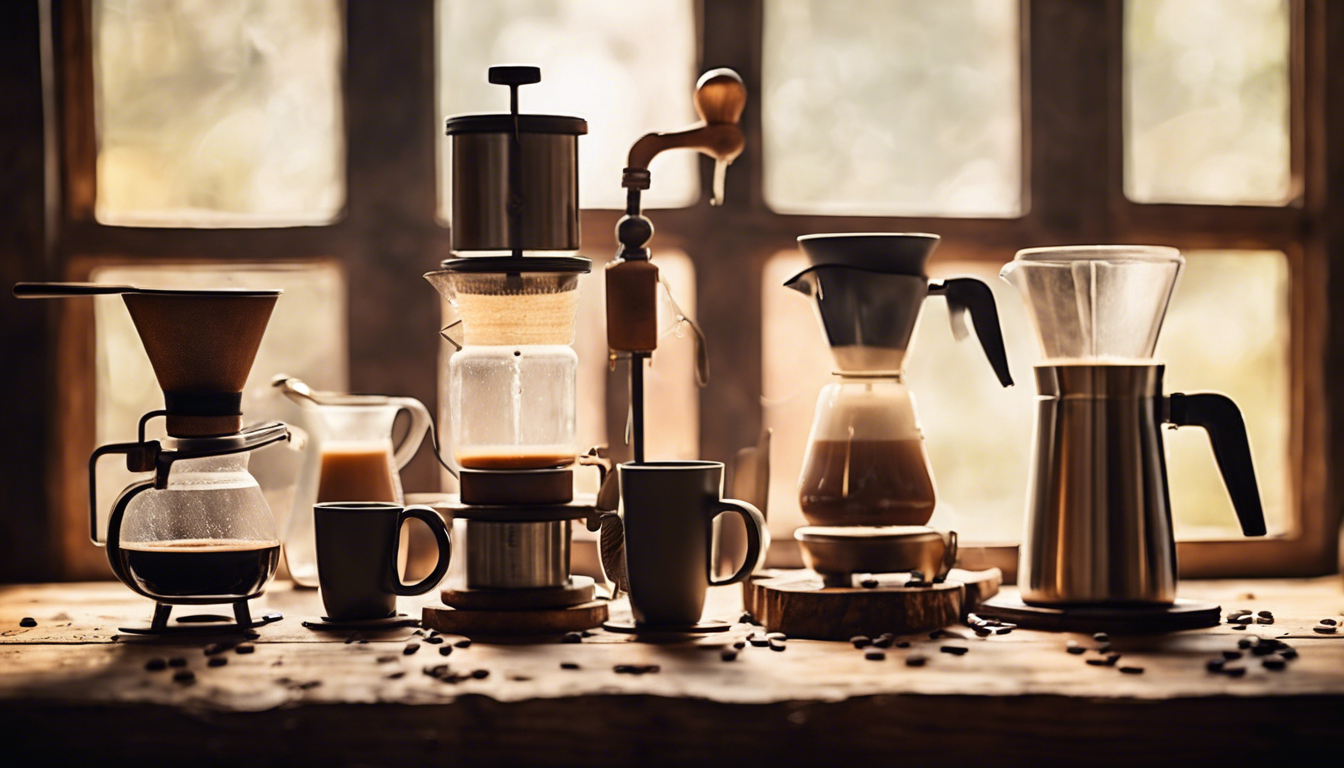Introduction to Coffee Beans
For coffee aficionados, understanding the subtle intricacies between different coffee bean types is paramount to mastering their brew. While the terms espresso and coffee beans are often used interchangeably, knowing the difference between espresso and coffee beans can revolutionize your coffee-drinking experience.
The Basics of Coffee Beans
Let's start with the basics. Coffee beans come from the Coffea plant and are classified into over a hundred varieties. However, Arabica and Robusta are the most prevalent and are used in both regular coffee and espresso. The major distinction lies not in the bean itself but in how it's processed, roasted, and prepared.
Roasting: The Main Character in Flavor Drama
One of the key differences between espresso and coffee beans lies in their roast. Espresso beans are typically roasted longer and hotter, leading to a darker roast. This roasting process enhances their natural oils, providing a rich, robust flavor profile that espresso lovers find irresistible. In contrast, coffee beans intended for traditional brewing can be roasted to various degrees—light, medium, or dark—depending on the desired flavor complexity and acidity.
Grinding: Fine or Coarse, That Is the Question
The grind size also plays a crucial role in distinguishing espresso from regular coffee. Espresso beans are ground much finer than regular coffee beans to accommodate the high-pressure brewing method unique to espresso machines. This fine grind is essential for producing the intense flavor and thick crema on top, characteristic of a great shot of espresso. On the flip side, coffee beans for drip, pour-over, or French press methods require a coarser grind to allow for proper extraction during brewing.
Brewing Methods: The True Test of Patience and Skill
The brewing process itself underscores the fundamental difference between espresso and coffee beans. Espresso is brewed by forcing hot water through finely-ground beans under significant pressure, resulting in a concentrated shot enjoyed on its own or as a base for various coffee drinks. In contrast, regular coffee involves pouring hot water over coarser beans, letting gravity do the work in methods like drip-brewing or more hands-on techniques like French pressing and pour-overs. Each method extracts different flavors, allowing for a diverse taste experience.
Flavor Profiles: Bold vs. Nuanced
Espresso and coffee beans offer vastly different flavor experiences. Espresso is known for its strong, bold flavor with a syrupy consistency, packing a potent punch that can be enjoyed in a single shot. Meanwhile, regular coffee offers a more nuanced flavor, with varying levels of acidity and balance. It is often consumed in larger quantities, allowing coffee drinkers to explore more complex and subtle taste notes.
Conclusion
Understanding the difference between espresso and coffee beans can be as enlightening as that first sip in the morning. While the type of coffee bean is the same, the roast, grind, and brewing method transform them into distinctive experiences. So, next time you reach for your cup, appreciate the art and science that differentiates your classic drip coffee from a robust shot of espresso. Now that you know the secret, it’s time to enjoy coffee's delightful differences to the last drop!





